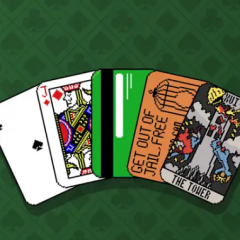Eulogy For Nonno is an interactive narrative game centered on identity, memory, and human connection. The story begins when the player attends a funeral for a man they have never met but are mistakenly recognized as part of the family. Instead of correcting the error, the player chooses to play along, navigating a sequence of conversations and discoveries that slowly uncover the truth about the deceased. The game focuses on dialogue, observation, and subtle decision-making rather than action, inviting players to explore how perception and emotion shape personal history.
Structure and Exploration
The environment in Eulogy For Nonno is confined to a small family home and its surroundings. Players move between rooms, interact with relatives, and examine personal belongings that hold fragments of the past. Every space includes contextual clues — letters, photos, or household objects — that connect to Nonno’s life and reveal family relationships. Interaction relies on timing and attention, since responses from family members shift depending on what the player has already seen or said. The more the player learns, the more complex the situation becomes, as maintaining the false identity grows increasingly difficult.
Core Gameplay Systems
The game combines classic point-and-click mechanics with branching dialogue.
Main elements include:
· Movement through small connected spaces with detailed interiors
· Conversations that adapt based on player responses
· Inventory for managing found items and documents
· Observation system for examining subtle background details
· A progression map that unlocks scenes as information accumulates
These systems function together to support an experience focused on deduction and interpretation rather than solving traditional puzzles. Each choice modifies how others perceive the protagonist, influencing which parts of the story become visible.
Narrative Development and Decision Flow
Progress in Eulogy For Nonno depends on how carefully the player interacts with other characters. Each dialogue tree includes options that can expose the lie or maintain the illusion. Choosing when to speak or remain silent becomes a key strategy. The tension arises from trying to balance curiosity and self-preservation: revealing too much may break trust, while saying too little limits discovery.

































